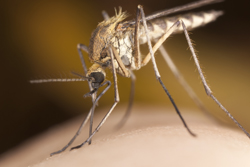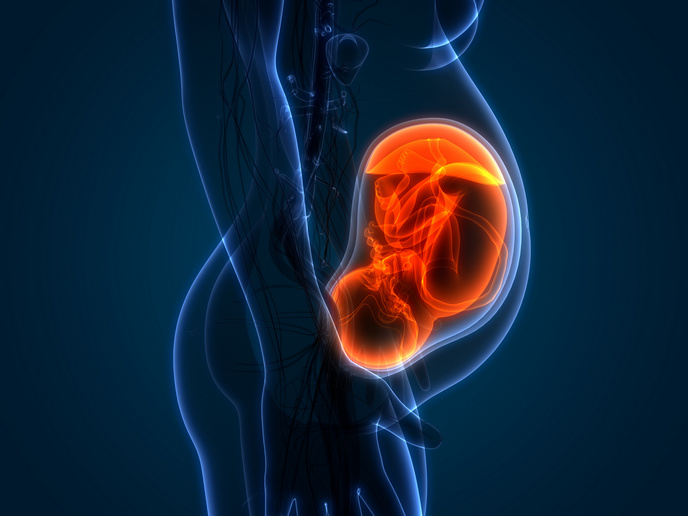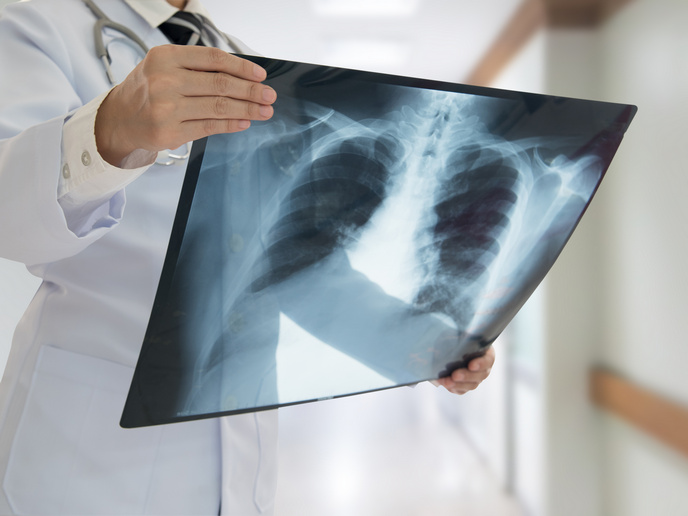Artemisinin-based drugs for malaria during pregnancy
Artemisinin combination therapy is the preferred treatment option against Plasmodium falciparum malarial infection. Malarial infections during pregnancy cause about 300 000 foetal and infant deaths as well as 2 500 maternal deaths each year. ARTEMIP members set out to identify the mechanisms causing embryotoxicity and teratogenicicty in order to circumvent it via drug modification without affecting therapeutic efficacy. Embryotoxicity and teratogenicity are irreversible foetal or embryonic malformations due to drug toxicity and sometimes result in death. Studies suggest that reactive oxygen species (ROS) generated from cleavage of the artemisinin peroxide bridge negatively impact key biological macromolecules involved in embryo development. In this context, project members assessed drug compounds that include dihydroartemisinin (DHA), artesunate, trioxolane and phenytoin for reproductive toxicity. To begin with, ARTEMIP researchers developed artemisinin and ozonide conjugates for connection to probe molecules such as DNS or biotin via linkers. Artemisinin and peroxide-based drug toxicity and efficacy against malaria were compared. Cytoxicity assays showed that the peroxide bridge in artemisinin/ozonide derivatives was responsible for toxicity. Also, benzyl-linked probes were found to be more toxic than alkyl-linked probes, with similar anti-malarial activity suggesting possible avenues for drug optimisation. Whole embryo cultures (WEC), cell-based models and in vivo pregnant rat models validated current and previous research results on toxicity. Effects on skeletal development, blood cell development and vascularisation in embryos was evaluated. Toxicity of peroxide-based drugs was confirmed through bioactivation of probe molecules and the generation of oxidative stress. Results also showed that bioactivation only occurs when there is biological activity of the embryo. Flow cytometry analysis showed that artemisinins' toxicity is concentration- and time-dependent based on the generation of ROS in mouse embryonic stem cells. Superoxide scavenger tiron in a cell-based model mitigated ROS generation and artemisinin-induced cell death. This demonstrated that oxidative stress propagates artemisinin toxicity. High-throughput screening, gene ontology mapping and pathway analysis as well as functional genomics analysis are ongoing to identify factors involved in artemisinin toxicity and apoptosis. Project outcomes indicate that peroxide-based drugs will potentially be unsafe in first trimester pregnancy periods. However, drug modifications could be made that reduce toxicity without affecting their potency against malaria.







